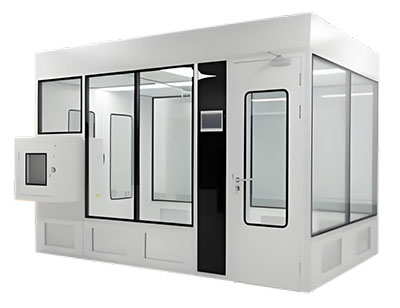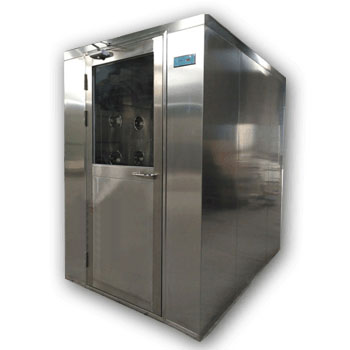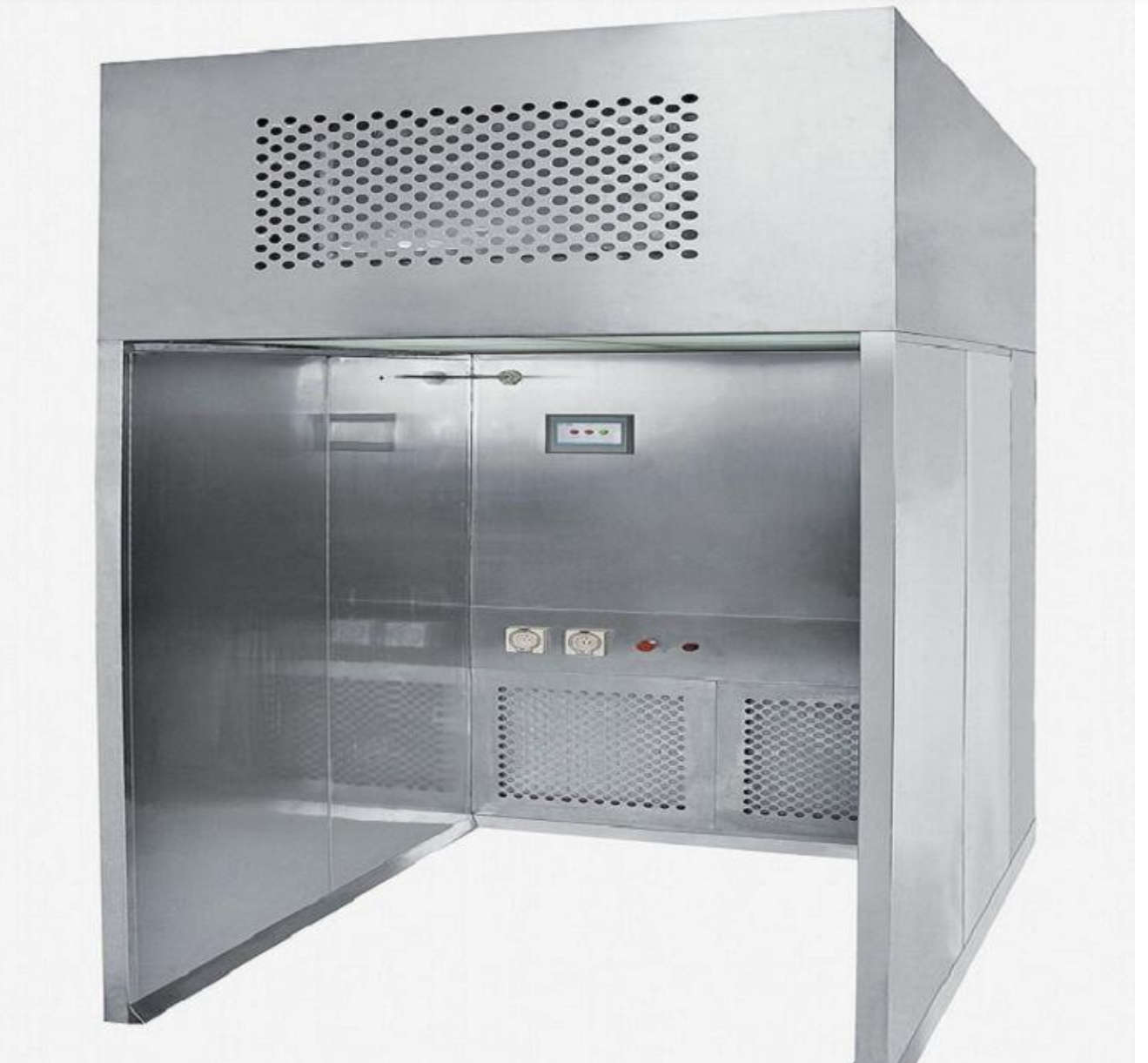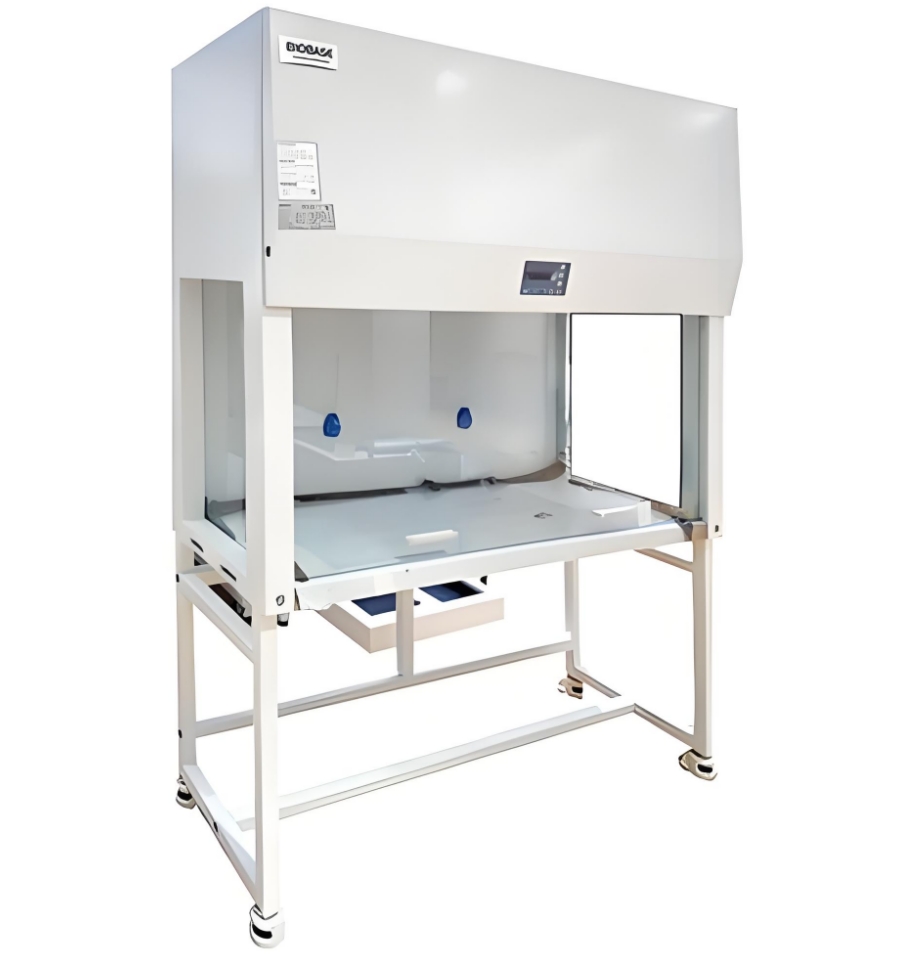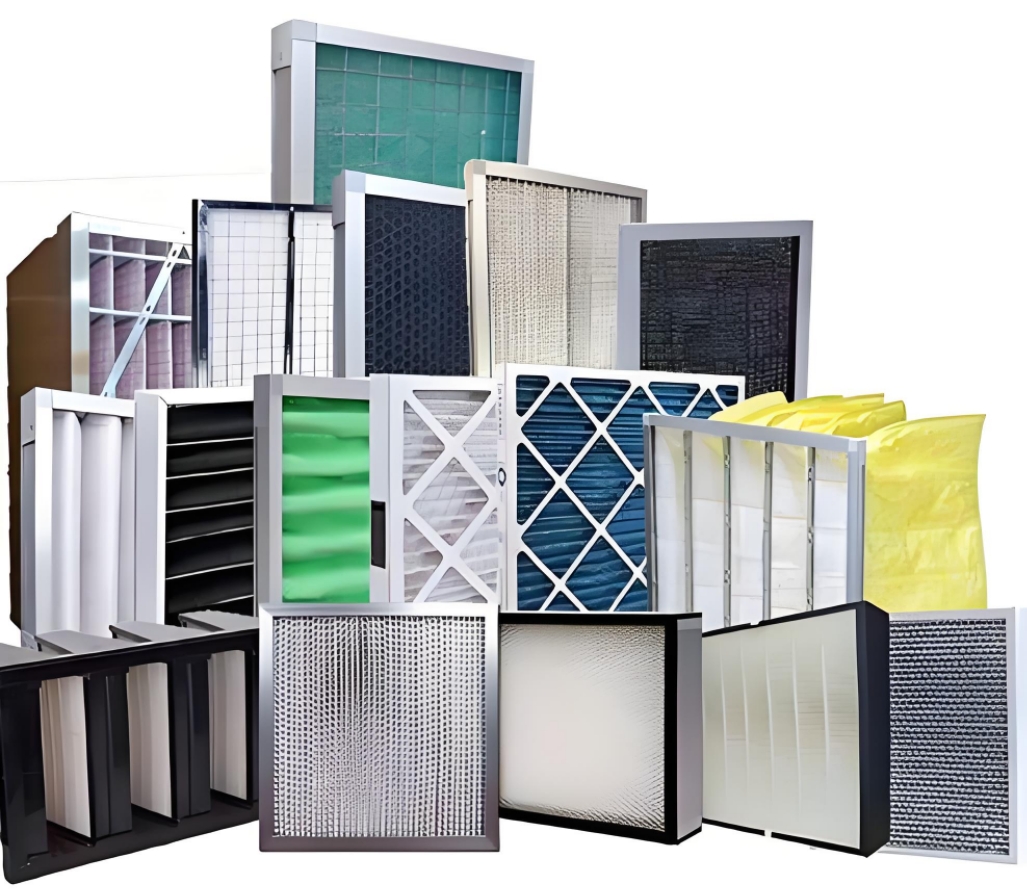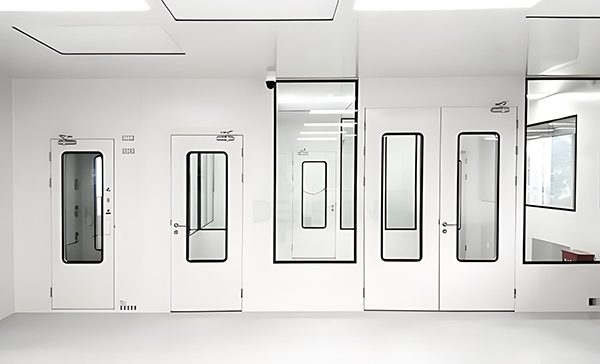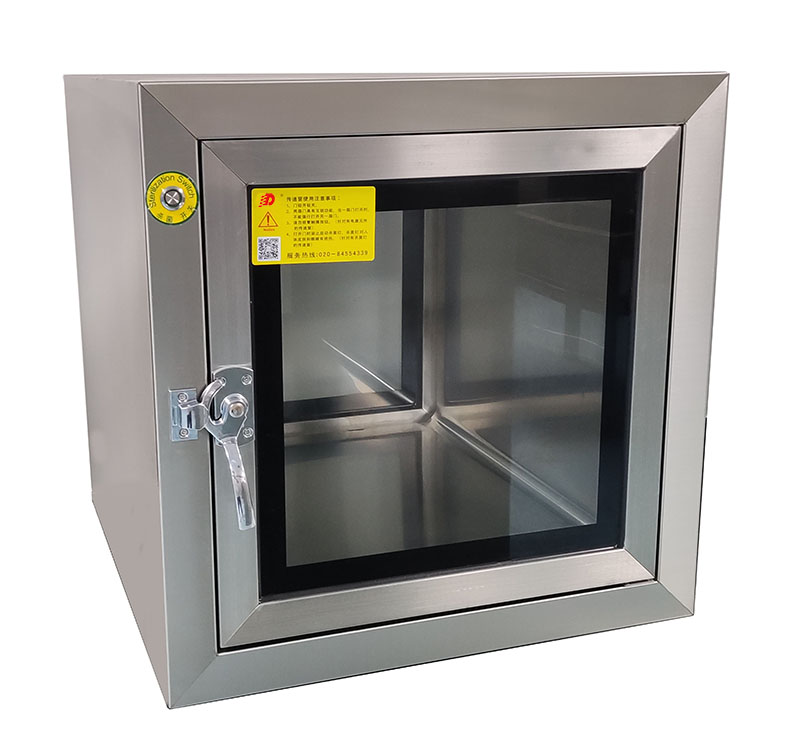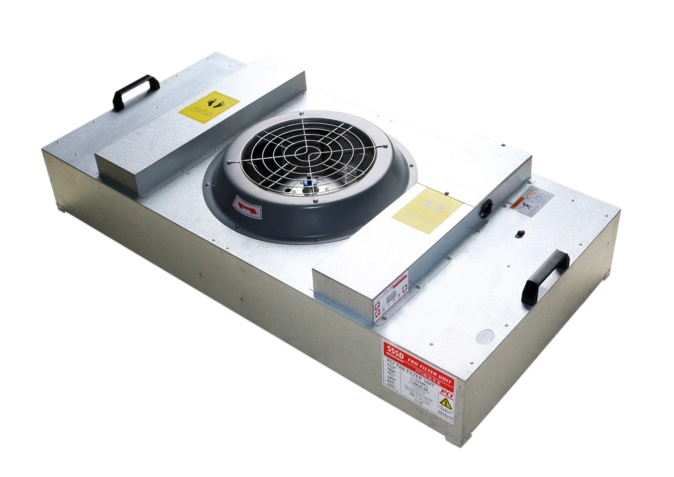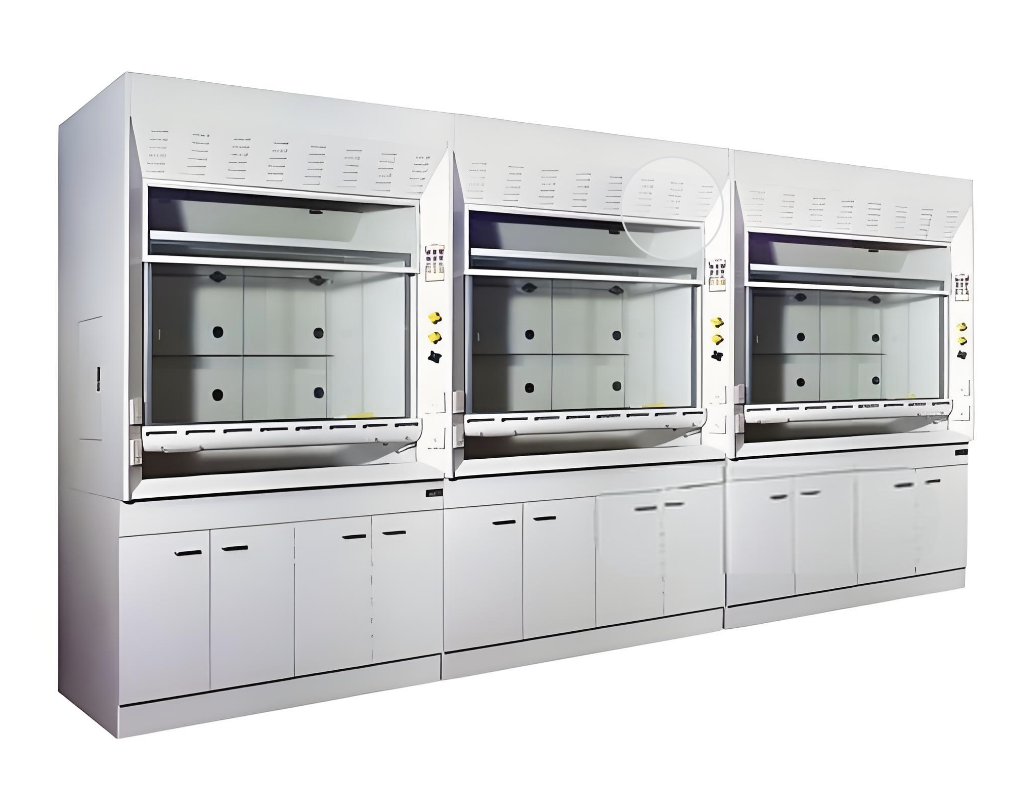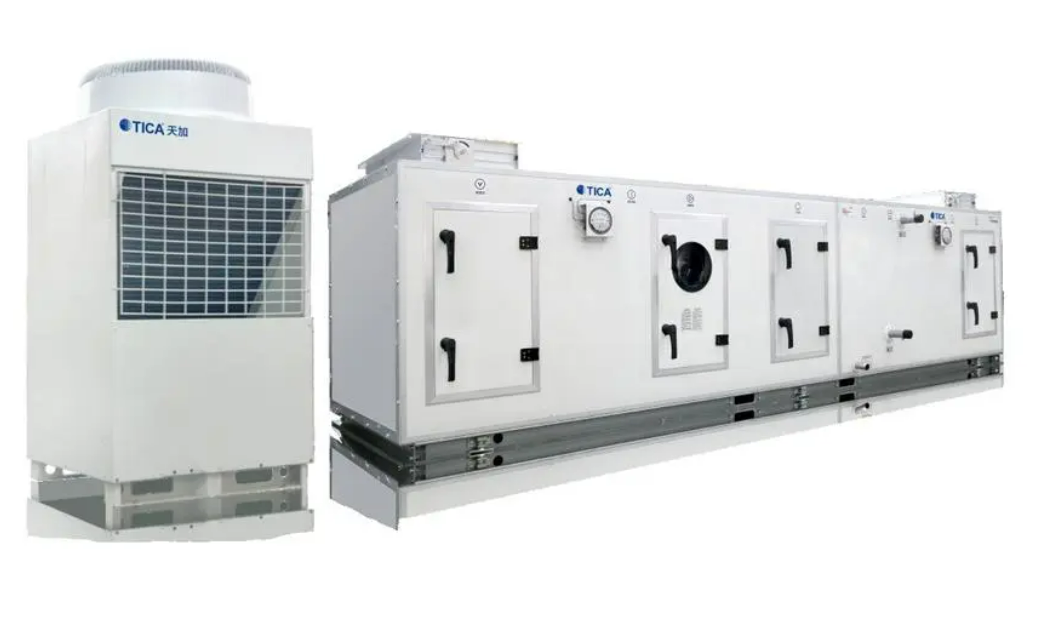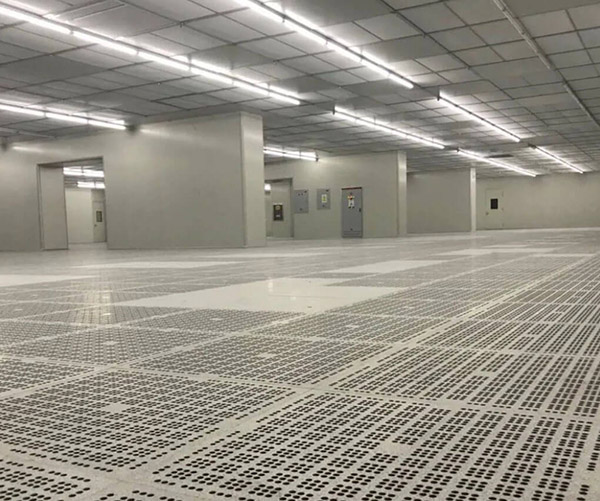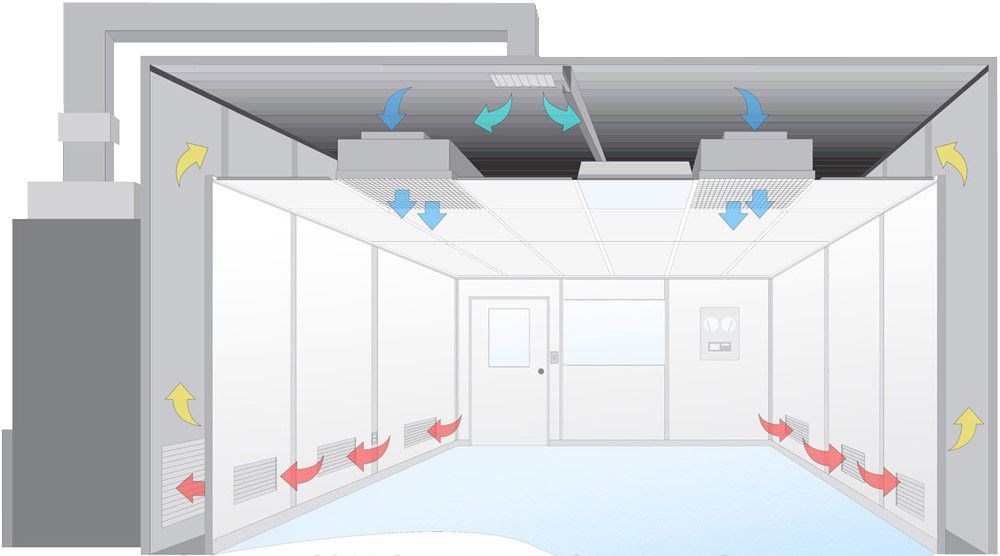Efficient Airflow Management in hardwall Cleanrooms
Maintaining a controlled environment through strategic airflow systems
In hardwall Cleanrooms, maintaining a controlled and contamination-free environment hinges significantly on effective airflow management. This article delves into the various strategies and systems employed in managing airflow within hardwall cleanrooms, offering insights from Deiiang™ and design expertise from renowned product designer Deiiang Jason.peng.
Cleanroom Airflow Forms
Effective airflow is crucial to prevent contamination and maintain the integrity of A CleanRoom. The integration of air handling units (AHU) with high-efficiency particulate air (HEPA) or ultra-low penetration air (ULPA) filters, alongside fan filter units (FFU), forms the foundation of airflow management.
1. AHU + HEPA or ULPA
This combination ensures that air circulated within the cleanroom is rigorously filtered.
2. FFU (Fan Filter Units)
These units integrate fans and filters into one system, providing localized air filtration at each module point.
- Versatile in arrangement
- Allow flexible configurations
- Tailored to specific CleanRoom needs
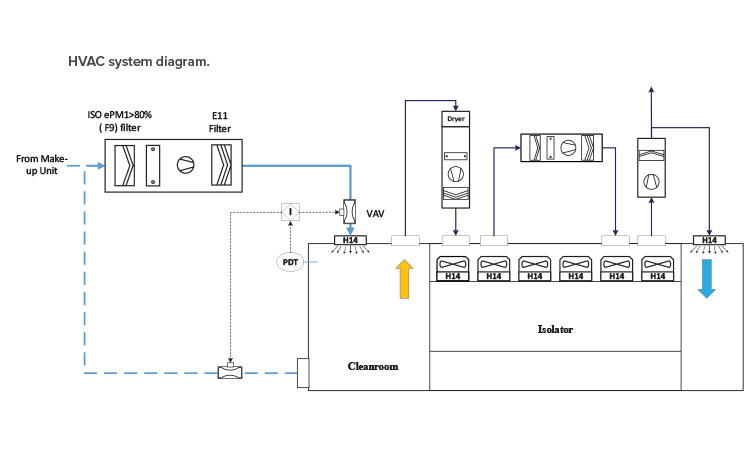
Example of cleanroom airflow system integration
Ventilation System
A well-designed ventilation system is essential for regulating air cleanliness and flow.
1 Supply Ventilation
Fresh air enters the cleanroom through strategically placed supply vents, filtered through HEPA or ULPA filters to ensure high cleanliness levels before dispersal.
2 Return Ventilation
Air returns through vents placed near the floor or along walls, ensuring any particulate matter is removed efficiently. Circulation patterns optimize air changes per hour (ACH).
3 Exhaust Ventilation
Exhaust systems safely remove contaminated air, preventing recirculation of pollutants. Crucial in environments dealing with hazardous materials.
Airflow Patterns
The pattern of airflow dictates how effectively contaminants are managed within a cleanroom.
1. Laminar (Unidirectional Flow)
Air moves uniformly in one direction at a consistent speed, minimizing turbulence. Ideal for high-standard applications like Semiconductor manufacturing.
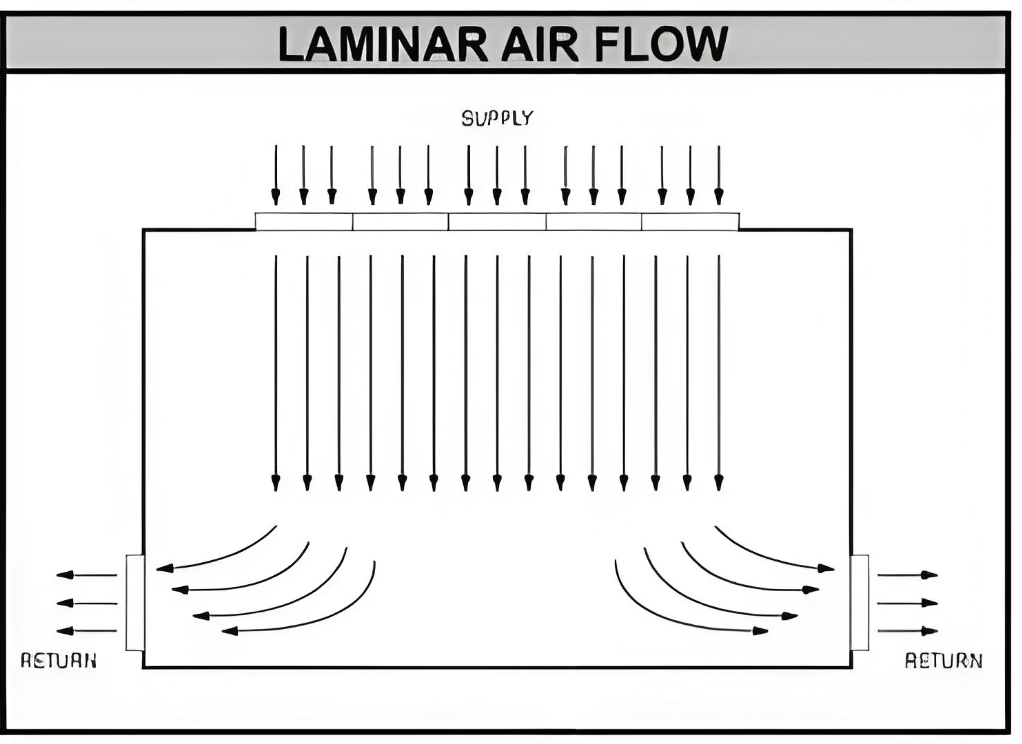
2. Turbulent (Non-unidirectional Flow)
Air mixes within the cleanroom, providing thorough distribution but with increased particle retention times. Common in less critical environments.
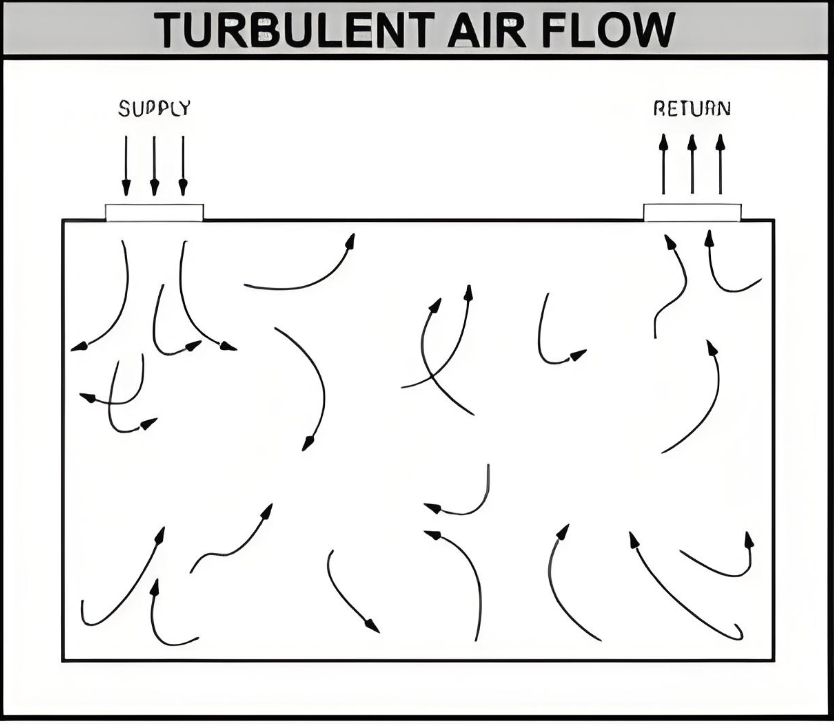
3. Mixed Airflow Systems
Combining laminar and turbulent flow patterns to meet specific cleanroom needs, providing flexibility in achieving ISO standards.
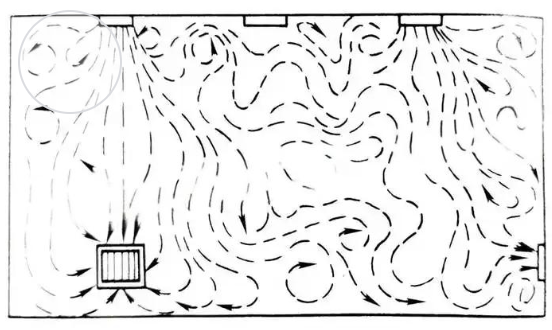
Design and Layout
Strategic placement of airflow components is essential in optimizing cleanroom functions.
1. HEPA Outlet Arrangement
Proper positioning of HEPA outlets ensures optimal clean air delivery. These outlets are often mounted in ceilings to distribute air effectively downwards, maintaining cleanliness in critical zones.
2. Return Air Vents Arrangement
Air return ducts are strategically placed to facilitate efficient removal of contaminated air. Typically located lower on walls or in floors opposite supply outlets to create a sweeping airflow motion.
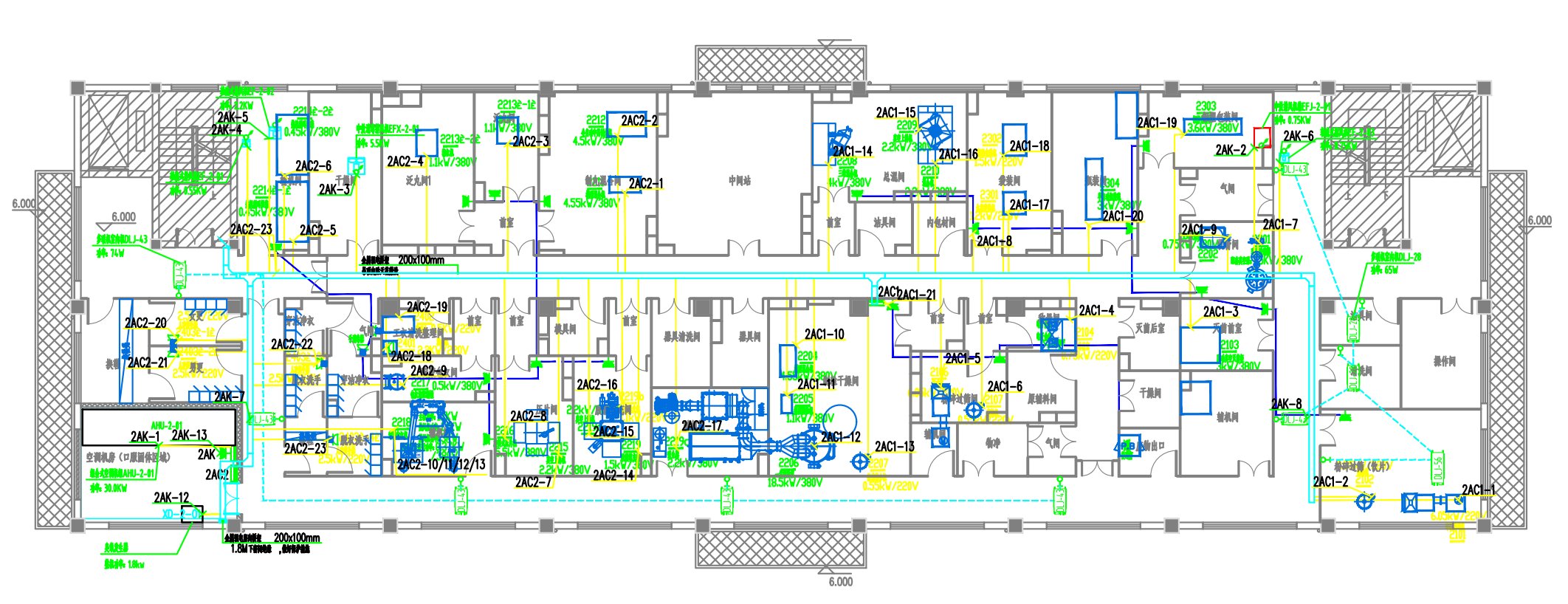
Cleanroom airflow component layout example
AHU Dynamic monitoring Systems
Monitoring the performance of AHU systems dynamically is critical for maintaining cleanroom standards. Sensors track metrics like pressure differentials, airflow rates, and filter efficiency.
Smart Monitoring Features
- Real-time tracking of pressure differentials
- Continuous monitoring of airflow rates
- Filter efficiency assessment and alert system
- Automated notifications for maintenance teams
- Proactive response to potential issues
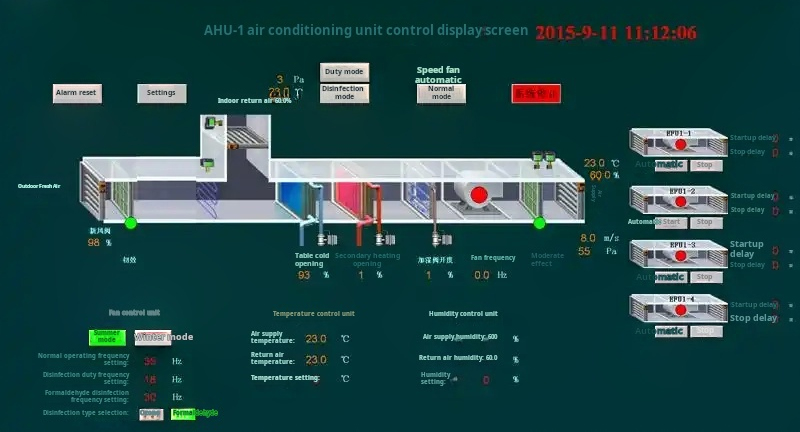
Deiiang™ smart monitoring system interface
Conclusion: Mastering Cleanroom Airflow Management
Effective airflow management in hardwall cleanrooms is a balance of strategic design, advanced technology, and regular monitoring. By employing comprehensive systems like those developed by Deiiang™, industries can maintain stringent cleanliness and operational efficiency, supporting the rigorous demands of modern scientific and manufacturing environments.
Common Questions and Solutions
Q1 What is the primary difference between laminar and turbulent airflow patterns?
Laminar airflow minimizes turbulence by providing a steady, uniform air movement, whereas turbulent airflow allows for mixed air distribution suitable for less critical environments.
Q2 How does an AHU monitoring system enhance cleanroom efficiency?
By tracking critical airflow parameters, such as pressure differentials and filter effectiveness, monitoring systems ensure timely maintenance and uphold CleanRoom standards.
References
- International Organization for Standardization. (2015). ISO 14644-1:2015 – Cleanrooms and associated controlled environments.
- American Society of Heating, Refrigerating and Air-Conditioning Engineers (ASHRAE). Standards for Airflow and Ventilation.
Adherence to refined airflow management strategies, as outlined here, ensures that hardwall cleanrooms achieve and maintain the necessary environmental conditions, enabling safe, productive, and compliant operations.
© 2025 Efficient Airflow Management in Hardwall Cleanrooms. All rights reserved.
 +86 18186671616
+86 18186671616 Jason@cleanroomequips.com
Jason@cleanroomequips.com
 MENU
MENU

